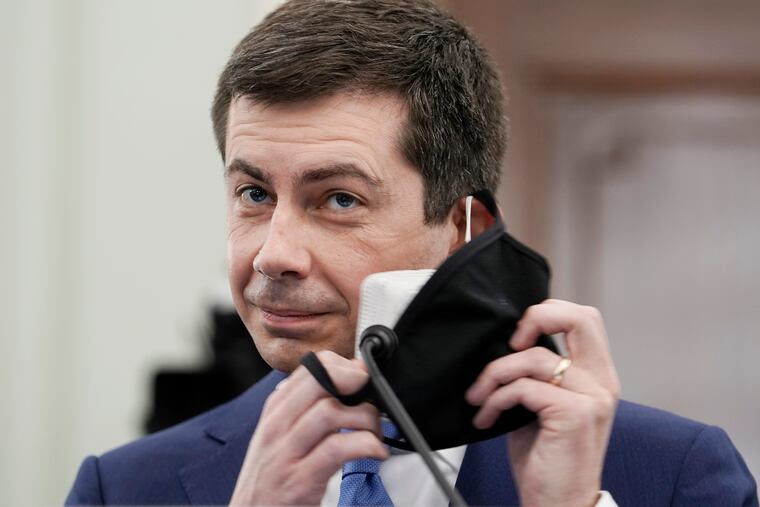Time to double mask or upgrade masks as coronavirus variants emerge, experts say
The change can be as simple as slapping a second mask over the one you already wear, or better yet, donning a fabric mask on top of a surgical mask.

The change can be as simple as slapping a second mask over the one you already wear, or better yet, donning a fabric mask on top of a surgical mask.
